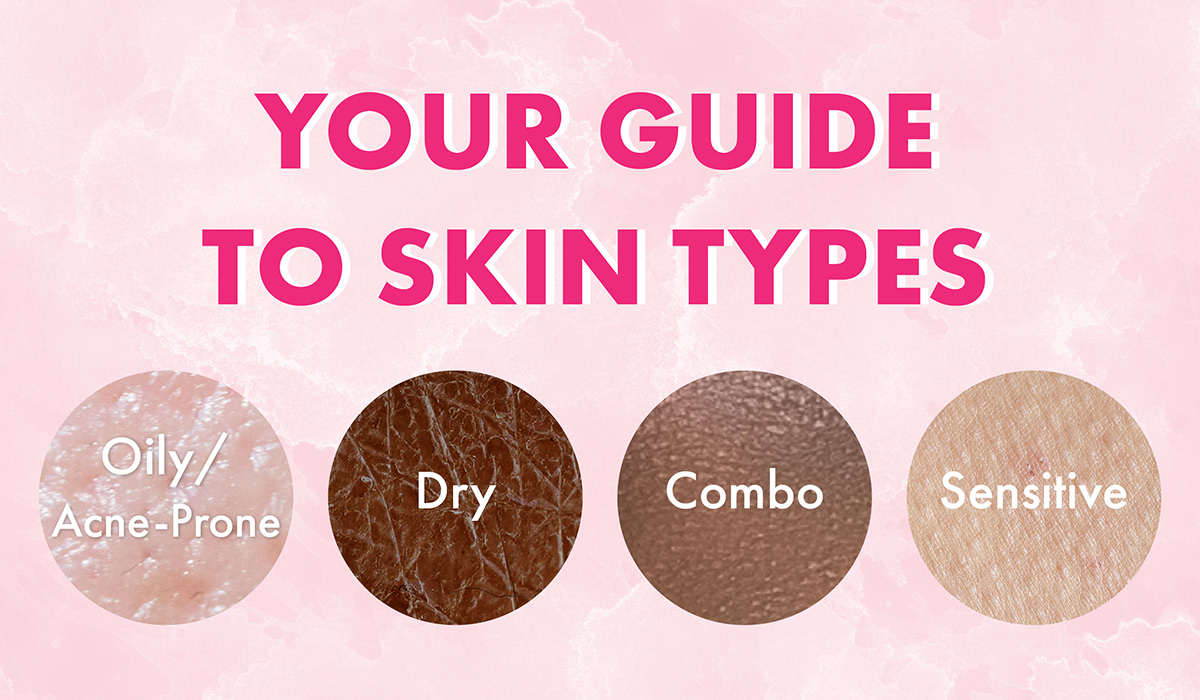Oily vs. Dry Skin:
🌟 Introduction: Acne Isn’t Just an “Oily Skin” Problem
Most people think acne is a problem only oily-skinned people face. “If I dry out my skin, the pimples will go away,” right? Not exactly. Acne is a complex condition that can affect all skin types, including dry, combination, and even sensitive skin.
The truth is, whether your face shines like a glazed doughnut by noon or feels tight and flaky after cleansing, you can still get breakouts. The key to clear skin isn’t stripping oil or overloading with moisture — it’s balance.
In this guide, we’ll break down:
- The differences between oily and dry skin
- How each type experiences acne
- Skincare routines that work for each
- Product recommendations you can trust
- Common mistakes to avoid
- FAQs answered by science (and a touch of humor)
🧪 Section 1: Understanding Oily vs. Dry Skin
Oily Skin
- Characteristics: Large pores, shiny appearance, makeup tends to slide off, frequent blackheads or whiteheads.
- Why it happens: Overactive sebaceous glands produce excess sebum (oil). This can clog pores when mixed with dead skin cells, leading to acne.
- Fun fact: Genetics play a big role, but hormones, diet, and climate also influence oil production.
Dry Skin
- Characteristics: Tightness, flakiness, rough texture, redness, smaller pores.
- Why it happens: Insufficient oil and moisture in the skin’s outer barrier. This can lead to microscopic cracks, making it easier for bacteria and irritants to sneak in — causing inflammation and, yes, pimples.
- Fun fact: Dry skin acne often looks more red and irritated than oily skin acne.
🔍 Section 2: How Each Skin Type Gets Acne
Oily Skin Acne:
Excess oil → clogged pores → ideal environment for Cutibacterium acnes bacteria → inflammation and breakouts.
Dry Skin Acne:
Weak skin barrier + microtears → bacteria can enter easily → breakouts despite lack of oil.
Combination Skin:
The worst of both worlds — oily T-zone, dry cheeks. You need to treat different areas differently.
🛠 Section 3: Skincare for Oily Skin with Acne
Morning Routine
- Cleanser: Use a gentle foaming cleanser with salicylic acid.
Recommended: CeraVe Foaming Facial Cleanser or La Roche-Posay Effaclar Gel. - Toner (optional): Witch hazel–free formula with niacinamide.
- Treatment: 2% salicylic acid serum or benzoyl peroxide (2.5%–5%).
- Moisturizer: Oil-free, non-comedogenic gel cream.
Recommended: Neutrogena Hydro Boost Water Gel. - Sunscreen: SPF 30+ gel or fluid formula.
Recommended: Biore UV Aqua Rich Watery Essence.
Night Routine
- Double cleanse (oil cleanser → foam cleanser) to remove sunscreen and makeup.
- Treatment: Retinoid (start with adapalene 0.1% gel).
- Moisturizer: Light but hydrating — gel or lotion.
💧 Section 4: Skincare for Dry Skin with Acne
Morning Routine
- Cleanser: Cream or hydrating cleanser.
Recommended: CeraVe Hydrating Cleanser. - Treatment: Niacinamide serum (balances oil, calms redness).
- Moisturizer: Rich cream with ceramides and hyaluronic acid.
Recommended: Vanicream Moisturizing Cream. - Sunscreen: Hydrating SPF cream.
Recommended: Eucerin Daily Protection SPF 30.
Night Routine
- Cleanser: Gentle, non-foaming cleanser.
- Treatment: Low-strength retinoid or azelaic acid.
- Moisturizer: Thick cream or overnight mask.
🚫 Section 5: Common Skincare Mistakes That Make Acne Worse
- Over-washing → Strips skin, triggers more oil or more dryness.
- Skipping moisturizer → Even oily skin needs hydration.
- Using harsh scrubs → Can cause microtears.
- Popping pimples → Pushes bacteria deeper.
- Mixing too many actives → Leads to irritation.
🥗 Section 6: Lifestyle Habits for Clearer Skin
- Diet: Limit high-glycemic foods and dairy if you notice flare-ups.
- Sleep: 7–9 hours for hormonal balance.
- Hydration: Inside and out — aim for 2–3 liters of water daily.
- Stress management: Meditation, yoga, or simple deep breathing.
🏷 Section 7: When to See a Dermatologist
- If over-the-counter products don’t work after 8–12 weeks.
- If acne is painful, cystic, or leaving scars.
- If you notice sudden, severe breakouts in adulthood.
❓ Section 8: FAQs
Q: Can oily skin turn into dry skin?
A: Yes, overuse of harsh cleansers, aging, or seasonal changes can shift your skin type.
Q: Is moisturizer necessary for oily skin?
A: Absolutely. Skipping it makes your skin produce more oil.
Q: Can dry skin acne be treated the same way as oily skin acne?
A: Not exactly — dry skin needs gentler products and more hydration.
🔗 Internal Link Placeholders
- Related Read: Does Oily Face Cause Pimples?
- Related Read: Can Oily Skin Change to Dry Skin?
- Related Read: Best Skincare Routine for Oily Skin Acne


Leave a Reply